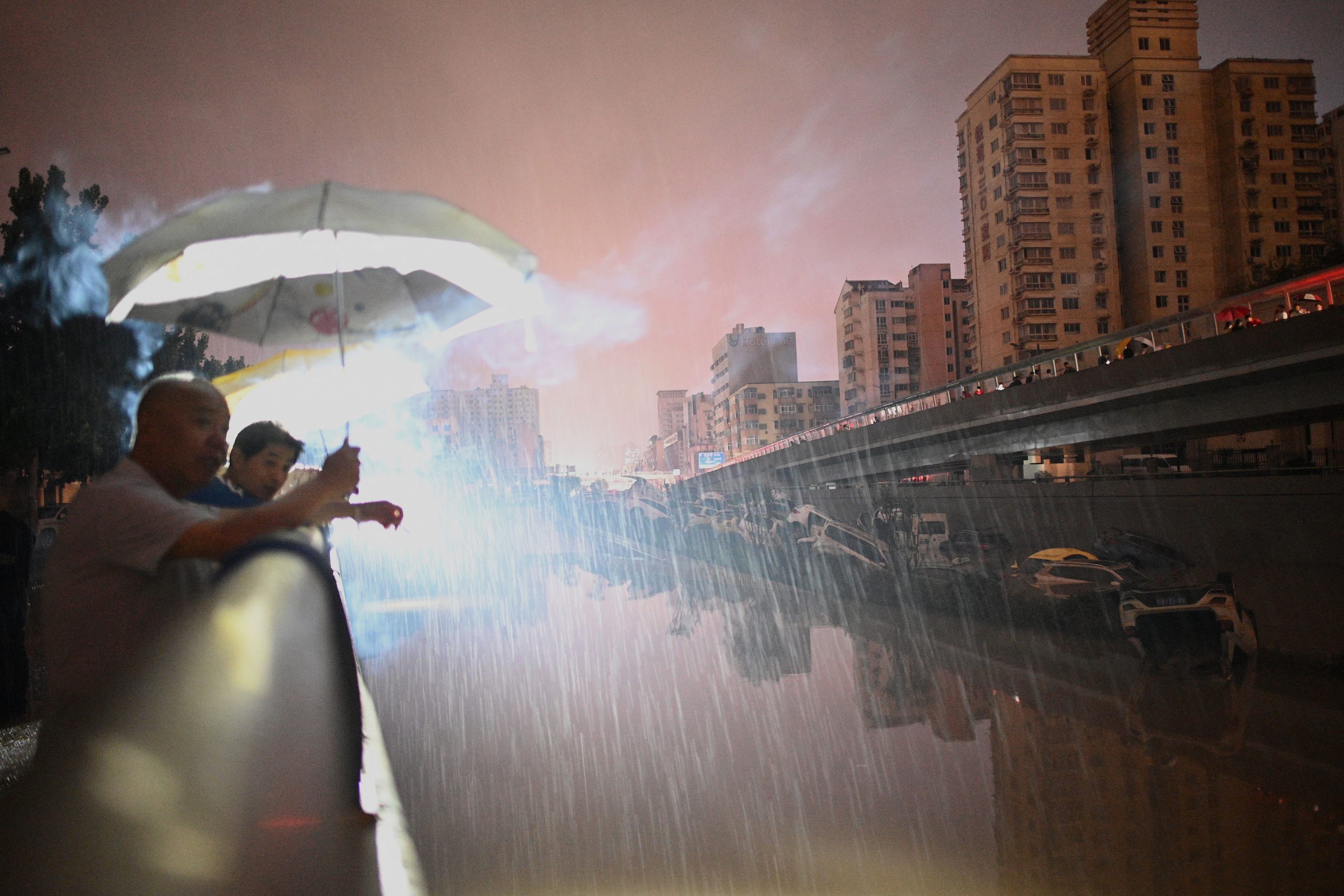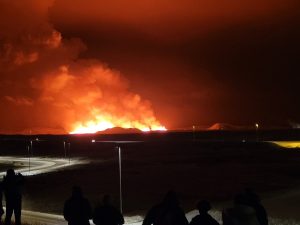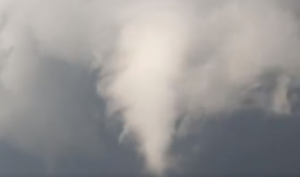In the last three days, terrifying images of overturned cars and people stuck in flooded subways and streets in China have swamped social media. Commuters in neck-deep water inside a metro line in Zhengzhou city, which has a population of over 1.2 crore inhabitants, are seen waiting for rescuers in a video released by China Xinhua News.
According to city officials, Zhengzhou received 617.1 mm of rain from Saturday to Tuesday — nearly equal to the city’s annual average rainfall (640.8 mm) — as China’s central Henan province witnesses its heaviest rainfall in a 1,000 years.
Subways, streets, hotels, and a huge number of buildings were all flooded, effectively shutting down the city’s public transportation system. The Shaolin Temple, a Buddhist monks’ retreat, has also been reportedly hit by severe floods.
Also Read | In pics: Deluge in China results in life loss, traffic affected
The approaching Typhoon In-Fa, according to the South China Morning Post, is to blame for the torrential downpours. The typhoon, in conjunction with air currents, brought atmospheric water to Zhengzhou, which is bordered by the Taihang and Funiu mountains. China’s floods, on the other hand, is not unusual.
Every year, significant waterlogging occurs throughout the country, resulting in the loss of life and property. However, as a result of climate change and increased urbanisation, the impact has been worse over time. The risk of water logging at the surface grows as more area is covered in impermeable concrete. More than 200 individuals were killed or went missing as a result of flooding in the nation last year, which caused $25 billion in direct damage.
According to Li Shuo, a climate analyst for Greenpeace East Asia, the floods “ring an alarm bell for China that climate change is here,” news agency AFP reported. Another scientist, Benjamin Horton, director of the Singapore Earth Observatory, noted that when the Earth’s atmosphere accumulates more moisture, harsher downpours follow.
Extreme weather conditions have been induced by climate change all around the planet. Severe heat waves swept over the western United States and Canada, claiming many lives. Similarly, temperatures in Jacobabad, Pakistan’s Sindh province, soared way beyond human endurance, reaching a life-threatening 52 degrees Celsius.
Also Read | Severe rainstorms kill 25 in central China: What we know so far
Floods struck Germany as well, killing at least 196 people across Western Europe. Back-to-back cyclones Tauktae and Yaas wreaked havoc on India’s east and west coasts, respectively. The monsoon, too, arrived early for at least half of the country, bringing extreme heatwaves to regions like Haryana, Punjab, and Delhi as they anticipated rain. According to recent research, global warming is making India’s monsoon wetter and more hazardous.







